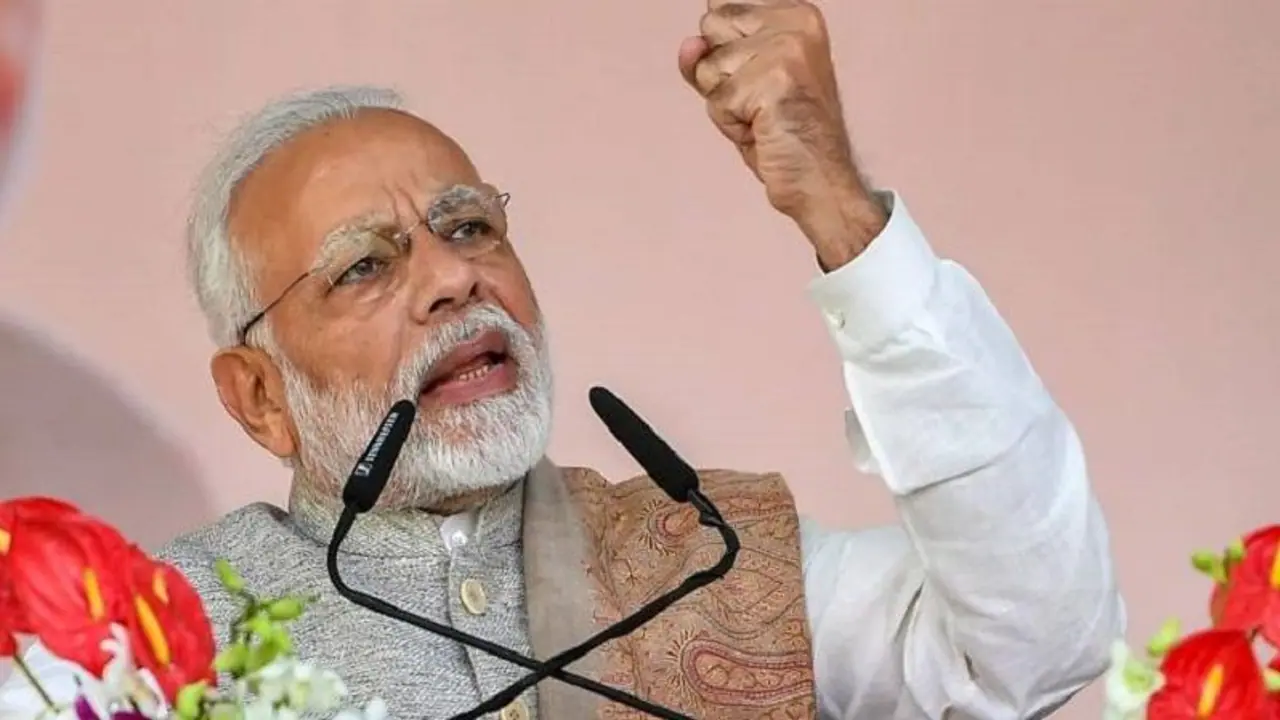Give Narendra Modi his due, he managed the house way better than his predecessors. Doklam was not created in a day but he salvaged the situation. It is in his tenure that Maldives came back to Indian fold and Sri Lanka didn’t allow pro-China Mahinda Rajapaksa to hijack power
The Prime Minister Narendra Modi will not speak about it, because he has diplomatic commitments to keep. The Opposition will remain silent because, Modi did it. But the results are before everyone’s eyes. There is a definite consolidation of Indian interest in the neighbourhood, during the NDA rule.
The critics may point out non-implementation of the much publicised BBIN (Bhutan-Bangladesh-India-Nepal) sub-regional motor vehicles pact, the record low in India-Nepal relations in 2015; Doklam stand-off in 2017; and the strong Chinese influence in the region; as failures of Modi’s Neighbourhood First Policy.
Also read: PM Modi says India should be judged in terms of its response to China at Doklam
But just as Modi doesn’t have excuse for the Nepal fiasco in 2015; he deserves credit for restoring the relationship during his tenure only, and giving a big push to implementation of projects — like cross-country oil pipeline, rail linkage, investment in large hydro-power and expanding the scope of electricity trade — in Nepal. They were in drawing board stage for decades.
It is no secret that Beijing was doggedly pursuing India’s neighbours, armed with consistent country policies, for at least two decades now. It is also no secret that India never had many friends in the region. Nepal has a history of using China as trump card. The armed forces in Bangladesh and Myanmar are historically close to Beijing.
The balance tilted significantly in the last decade, as the Congress-led UPA failed to implement a series of initiatives undertaken by the Atal Bihari Vajpayee government to address the changing aspirations of the neighbourhood.
UPA failed to pull through important treaties, like the India-Sri Lanka defence cooperation pact, due to internal differences; and ended up making messy political interventions, attracting public glare in Bangladesh and Bhutan.
India was at the thick of controversy, for its own folly, in 2013 election in Bhutan and January 2014 election in Bangladesh. In contrast, India was least discussed in the recently concluded elections in both the countries.
It was, therefore, natural that India became a sitting duck, when Xi Jinping’s China broke all status-quo and started infrastructure projects with deep strategic implications in the neighbourhood, under the One-Belt-One-Road (later renamed as Belt and Road or BRI) in end 2013.
We were sleeping when they were building the ‘string of pearls’ surrounding the Indian coastline. We woke up to the reality when Sri Lanka and even Maldives walked the Chinese way. Despite improving bilateral relations since 2010, Bangladesh was not safe either. As in 2016, Beijing offered $24 billion assistance to Dhaka in 27 projects.
Arresting the drift
Give Modi his due, he managed the house way better than his predecessors. Doklam was not created in a day but he salvaged the situation. It is in his tenure that Maldives came back to Indian fold and Sri Lanka didn’t allow pro-China Mahinda Rajapaksa to hijack power.
UPA-I (2004-2009) took charge of the country at one of the sweetest periods of India’s growth history. In contrast Modi inherited a potholed economy. But that didn’t stop him from increasing the stake.
Under his leadership, India dared to rival China in moneybag politics; went whole hogged in implementing projects promised by his predecessors, improving India’s image in the neighbourhood; and made new inroads to ensure India’s strategic interest in the region.
Over the last couple of years, India not only increased its financial exposure in Bangladesh by 10-fold (from $1 billion to $10 billion) but for the first time in history, India broke China’s monopoly control over the armed forces in Bangladesh in Myanmar.
For a country that is the largest buyer of Chinese military gears, Bangladesh is now testing some Indian gears. For the first time, the two countries entered a set of defence cooperation treaties.
In Myanmar, India had taken a two-pronged strategy to participate in nation building with the elected government and build bridges with the all-powerful Tatmadaw. Seen from this light, the recent crackdown by the Myanmar army on hideouts of North East ultras is of great significance.
The unprecedented focus on the neighbourhood is bringing dividends on all fronts.
Between 2013-14 and 2017-18, India’s exports to neighbours in South Asia and Myanmar, grew by 30% as against stagnant total exports. Regional trade as percentage of India’s world trade improved from 2.86% to 3.56%.
India-Afghanistan trade nearly doubled in four years. With operationalisation of Chabahar port, it will now grow faster and at the cost of Pakistan that prevented transit to Afghanistan. The bigger issue is, Chabahar will help expand India’s trade map to Central Asia.
New opportunities
Over the last couple of years, India made dramatic progress in restoring its position vis-à-vis China in the neighbourhood. But that’s surely not enough.
The competition for control in the region is going to be more intense in the days to come. And, China has taken a huge lead in creating both physical and soft infrastructure. While India is now paying attention in building physical infrastructure, it is yet to do justice to its soft power in the region.
We are yet to have country-specific policies to ensure India’s long-term interests in the region. The next government should pay attention to this.
